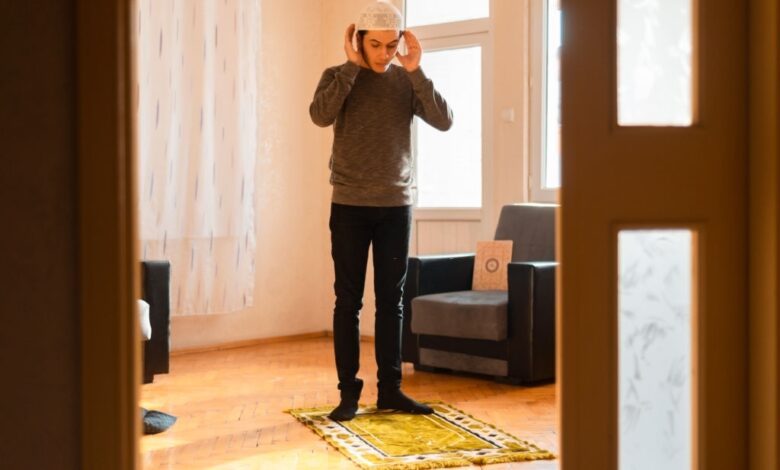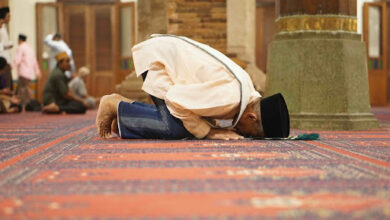
DDHK.ORG - The practice of praying from the time of our ancestors to the present day generally uses the standard of prayer described by the Shafi'i school of thought. This is because the majority of the Indonesian population is generally the Shafi'i school of thought. The scholars who spread Islam in the archipelago, of course, were also scholars of the Shafi'i school of thought. So automatically the practice of prayer is based on the fiqh of the Shafi'i school of thought.
Through this series of articles, DDHK News describes the nature of the prayer of the Prophet Muhammad based on the Shafi'i school, as written by Muhammad Ajib, Lc., MA. in his book "Sahih Evidence of the Prophet's Prayer Ala Madzhab Syafi'iy".
***
Sit rest
When you want to stand for the second and fourth rak'ahs, it is sunnah to first sit down for a while. This sitting is called sitting rest. His position is like sitting Iftirosy.
From the companions of Malik bin al-Huwairits Radhiyallahu anhu that the Prophet when praying at odd rak'ahs would not stand straight to the next rak'ah unless he sat down first. (Hadith narrated by Bukhari)
Raise both hands when you want to stand up to the third rak'ah
The only way to raise the hand is sunnah when trying to get up to the next rak'ah is when getting up to the third rak'ah only. As for standing in another rak'ah, it is not sunnah to raise both hands.
From the companions of Ali bin Abi Talib Radhiyallahu anhu said: The Prophet when praying raised his hands parallel to the shoulders, and raised both hands when he wanted to bow, and raised both hands when he got up from bowing', and raised both hands when he got up from tasyahud awwal. This hadith according to Imam Tirmidhi is a saheeh hadith (Hadith narrated by Abu Dawud).
[Continued] [DDHKNews]



